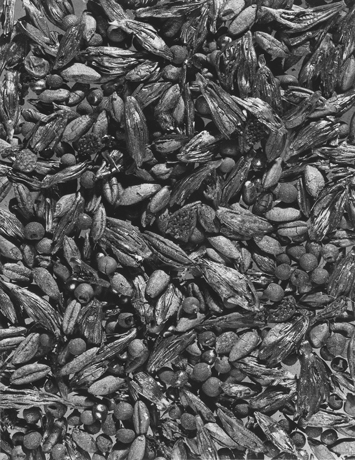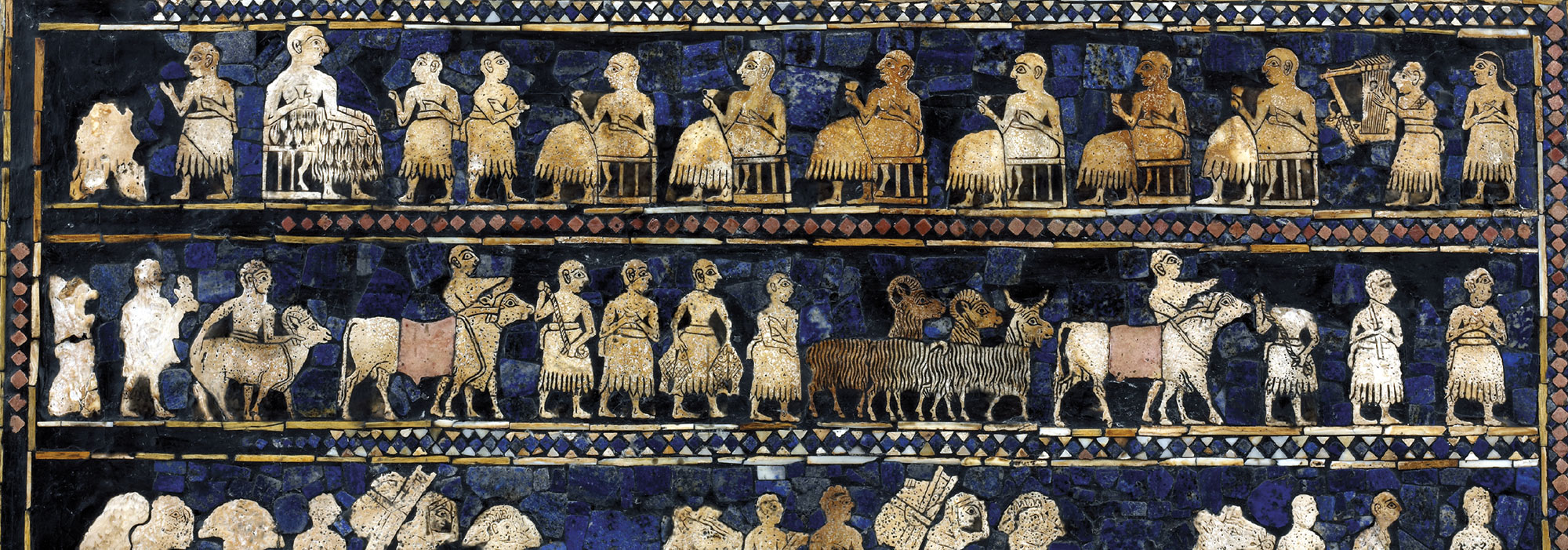
During the second millennium B.C., the Hittite kings relied on their control of staple crops to maintain their expanding empire in central Anatolia, where rainfall was unpredictable. At state-sponsored religious festivals, the king presided over feasts where he redistributed surplus crops such as grain. A portion of this grain was stored in long-term reserves for use as seed to sow fields the next year and to supplement food supplies in lean years. While Hittite religious texts describe these festival rations, and surviving law codes detail other taxes on produce owed to the state, no records of how taxes were actually paid have been discovered, as they have in Egypt and Mesopotamia. Archaeological remains of grain silos offer the only glimpse into how the Hittite tax system functioned.

At their capital city of Hattusha around 1600 B.C., the Hittites constructed one such underground storage complex that was partially destroyed by fire shortly thereafter. Excavated by the German Archaeological Institute, the silo’s 32 hermetically sealed chambers were found to contain several hundred tons of cereal grain, primarily hulled barley and wheat. Researchers estimate that when filled to capacity, the silo’s stores could have fed between 20,000 and 30,000 people for one year. By analyzing isotopes in grain samples from the silo, a team led by archaeobotanist Charlotte Diffey of the University of Reading has recently determined that crops stored in five separate chambers were grown with varying levels of water, manure, and human labor. “The grain wasn’t coming from one location,” says Diffey, “but rather from a variety of rural settlements within the Hattusha hinterland.” She and her colleagues think the grain stored at Hattusha represents taxes collected from different farming communities with differing degrees of wealth and access to agricultural resources. A surprisingly high proportion of weed seeds identified in the silo samples suggests that state oversight of taxed crops was rather lax. Whether taxes were assessed by crop weight or the size of land holdings, Diffey explains, Hittite farmers likely used the system to their advantage, leaving weeds in with the harvested grain, perhaps to skimp on the taxes they owed.












